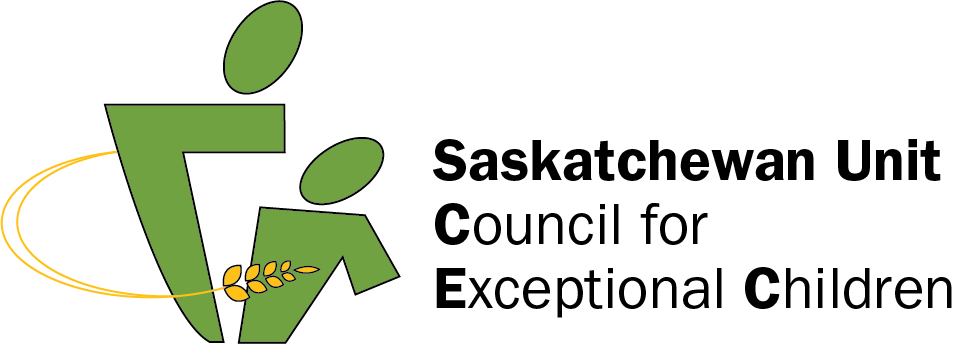 The Role of Community Engagement in Enhancing Education in Saskatchewan
The Role of Community Engagement in Enhancing Education in Saskatchewan
In today’s rapidly changing educational landscape, the importance of community engagement cannot be overstated. For students in Saskatchewan, the involvement of the broader community in their educational journey plays a crucial role in shaping their learning experiences and outcomes. This collaboration between schools, families, and local organizations creates a supportive environment that not only enhances academic success but also fosters personal growth and a sense of belonging among students. As education becomes more complex, some students may turn to websites that do your homework for you, but the power of a strong community connection can provide them with the guidance and support they need to succeed on their own terms.
Community engagement in education involves a wide range of activities, from parental involvement in school activities to partnerships between schools and local businesses or nonprofits. This collaborative approach recognizes that education is not just the responsibility of schools; it is a collective effort that benefits from the input and participation of the entire community. When schools and communities work together, they can create enriched learning environments that address the diverse needs of students, helping them to achieve their full potential.
The Benefits of Community Engagement in Education
There are numerous benefits to community engagement in education, particularly in regions like Saskatchewan, where communities are often tight-knit and deeply invested in the success of their youth. One of the most significant benefits is the enhancement of student learning. When parents, educators, and community members collaborate, they bring different perspectives and resources to the table, creating a more holistic educational experience. This can lead to improved academic performance, as students are supported both inside and outside the classroom.
Another key benefit is the development of a sense of belonging among students. When students see that their community is invested in their education, they are more likely to feel valued and motivated to succeed. This sense of belonging can reduce feelings of isolation and disengagement, which are common challenges in education today. Additionally, community engagement helps to build social capital, fostering connections between students and local businesses, organizations, and mentors who can provide guidance, internships, and job opportunities.
Furthermore, community engagement promotes the well-being of students by addressing their social and emotional needs. Schools that work closely with families and community organizations can offer a broader range of services, such as counseling, extracurricular activities, and health programs. These services can help to address the barriers that some students face, such as mental health issues or lack of access to resources, ultimately leading to better educational outcomes.
Strategies for Enhancing Community Engagement
To maximize the benefits of community engagement, it’s essential to implement strategies that foster strong connections between schools and the community. Here are some effective approaches:
-
Encourage Parental Involvement: Schools can create opportunities for parents to engage in their children’s education through regular communication, volunteering, and participation in school events. Parental involvement has been shown to have a positive impact on student achievement and behavior.
-
Build Partnerships with Local Organizations: Schools can collaborate with local businesses, nonprofits, and government agencies to provide resources and support for students. These partnerships can include mentorship programs, internships, and community service projects that enhance students’ learning experiences.
-
Create Community-Based Learning Opportunities: Integrating real-world experiences into the curriculum can make learning more relevant and engaging for students. Schools can partner with local organizations to offer field trips, guest speakers, and hands-on projects that connect classroom learning to the community.
-
Leverage Technology to Foster Engagement: In today’s digital age, technology can play a significant role in connecting schools with the community. Schools can use social media, websites, and online platforms to keep parents and community members informed and involved in school activities. Additionally, tools like ChatGPT can support student learning by providing accessible resources and guidance.
The Role of Technology in Community Engagement
While face-to-face interactions are invaluable, technology offers additional avenues for community engagement, particularly in rural or remote areas of Saskatchewan. Online platforms can bridge the gap between schools and communities, providing a space for collaboration and communication that may not be possible otherwise. For example, schools can create online forums or social media groups where parents, teachers, and community members can share ideas, resources, and support.
Moreover, technology can enhance student learning by offering access to a wealth of educational resources and tools. While students might be tempted to rely on websites that do your homework for you, educators can instead encourage them to use technology for more productive purposes, such as research, collaboration, and self-directed learning. Schools can also use technology to offer virtual events, such as parent-teacher conferences or community meetings, making it easier for everyone to participate regardless of location or schedule.
Additionally, AI-driven tools like ChatGPT Essay Writer can play a supportive role in helping students develop their writing skills and engage more deeply with their coursework. Students who want to enhance their writing abilities can try ChatGPT Essay Writer for personalized feedback and guidance. These tools can generate ideas, offer explanations, and serve as a valuable supplement to traditional learning methods. By incorporating such technology into their educational strategies, schools can better meet the needs of students and foster a more inclusive and supportive learning environment.
Conclusion: Building Stronger Learning Environments Together
In conclusion, community engagement is a vital component of educational success in Saskatchewan. By working together, schools, families, and local organizations can create learning environments that are supportive, inclusive, and responsive to the needs of all students. The benefits of this collaborative approach are clear: improved academic performance, a greater sense of belonging, and enhanced well-being for students. By implementing strategies that encourage parental involvement, build partnerships with local organizations, and leverage technology, schools can strengthen their ties to the community and ensure that every student has the opportunity to thrive.
As we look to the future of education, it’s essential to continue exploring new ways to engage the community and support student learning. Whether through traditional means or innovative tools like ChatGPT, the goal remains the same: to provide students with the resources and support they need to succeed both in school and in life.
